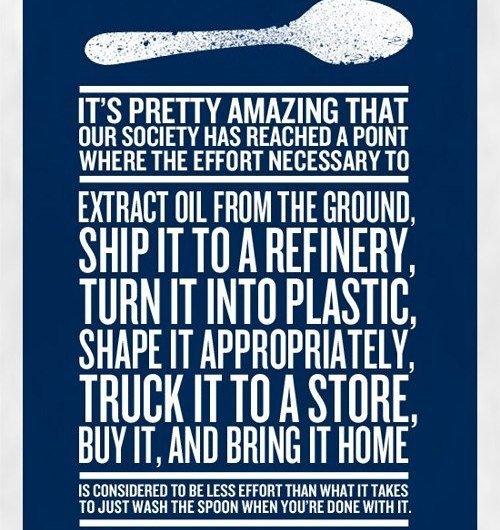Siberian
Well-Known Member
- Joined
- Apr 24, 2014
- Messages
- 214
- Reaction score
- 74
I've been playing around with the plastic bucket liners I first saw in BYO. It's worked well until I accidentally introduced wild yeast to some of my bucket lids.
Rather than replace the lids, I've come up with a solution that I think offers a sanitary solution for primary fermentation that avoids the use of glass carboys and the issues with scratches/bugs living in plastic.
What I'm doing is using a couple of rubber bands and essentially Aussie style cling wrap covers for fermentation to create a sanitary environment to ferment in that once I rack the beer out can simply be thrown in the trash.
No fuss, no muss.
First I line the bucket with a fresh bag. Then I place a second bag into that liner and run off my wort into it. I aerate at run off using a vigorous run off into the fermentor to insure sufficient foam/oxygenation takes place. At this point I close the second bag and wrap it tightly with a small rubber band to hold it closed. Finally, I take a 3rd bag, place it over the top of the bucket and using a larger rubber band attach it tightly and securely to the side of the bucket.
Ends up looking like this:

Few more images are here (they're displaying upside down in the forum for some reason or I'd embed them): http://inspiredfermentations.com/chasing-infection-designing-a-100-disposable-fermentor/
I'm pretty sure this isn't suitable for long term aging, but for primary (2-3 weeks) while fermentation is active this seems like it works fine. So far though I've only used it for smaller beers (6% and lower), nothing that produces an overly huge kruasen. But, fermcap might help with that issue if it became one with this solution since blow-off tubes are hard to setup for this.
It's interesting how much moisture is produced during fermentation, after a day or so the inner bag is covered in small water droplets inside.
Rather than replace the lids, I've come up with a solution that I think offers a sanitary solution for primary fermentation that avoids the use of glass carboys and the issues with scratches/bugs living in plastic.
What I'm doing is using a couple of rubber bands and essentially Aussie style cling wrap covers for fermentation to create a sanitary environment to ferment in that once I rack the beer out can simply be thrown in the trash.
No fuss, no muss.

First I line the bucket with a fresh bag. Then I place a second bag into that liner and run off my wort into it. I aerate at run off using a vigorous run off into the fermentor to insure sufficient foam/oxygenation takes place. At this point I close the second bag and wrap it tightly with a small rubber band to hold it closed. Finally, I take a 3rd bag, place it over the top of the bucket and using a larger rubber band attach it tightly and securely to the side of the bucket.
Ends up looking like this:

Few more images are here (they're displaying upside down in the forum for some reason or I'd embed them): http://inspiredfermentations.com/chasing-infection-designing-a-100-disposable-fermentor/
I'm pretty sure this isn't suitable for long term aging, but for primary (2-3 weeks) while fermentation is active this seems like it works fine. So far though I've only used it for smaller beers (6% and lower), nothing that produces an overly huge kruasen. But, fermcap might help with that issue if it became one with this solution since blow-off tubes are hard to setup for this.
It's interesting how much moisture is produced during fermentation, after a day or so the inner bag is covered in small water droplets inside.





